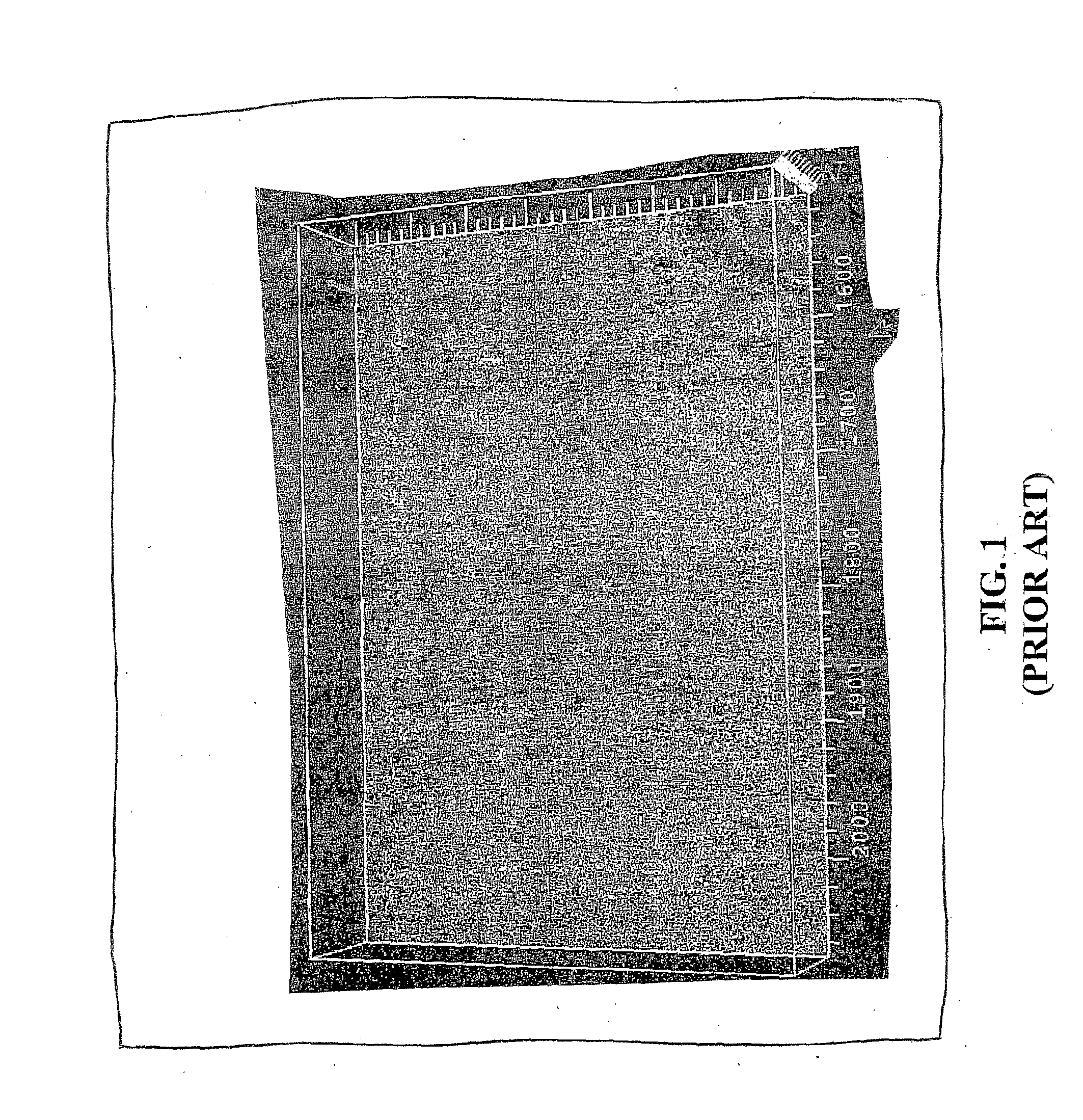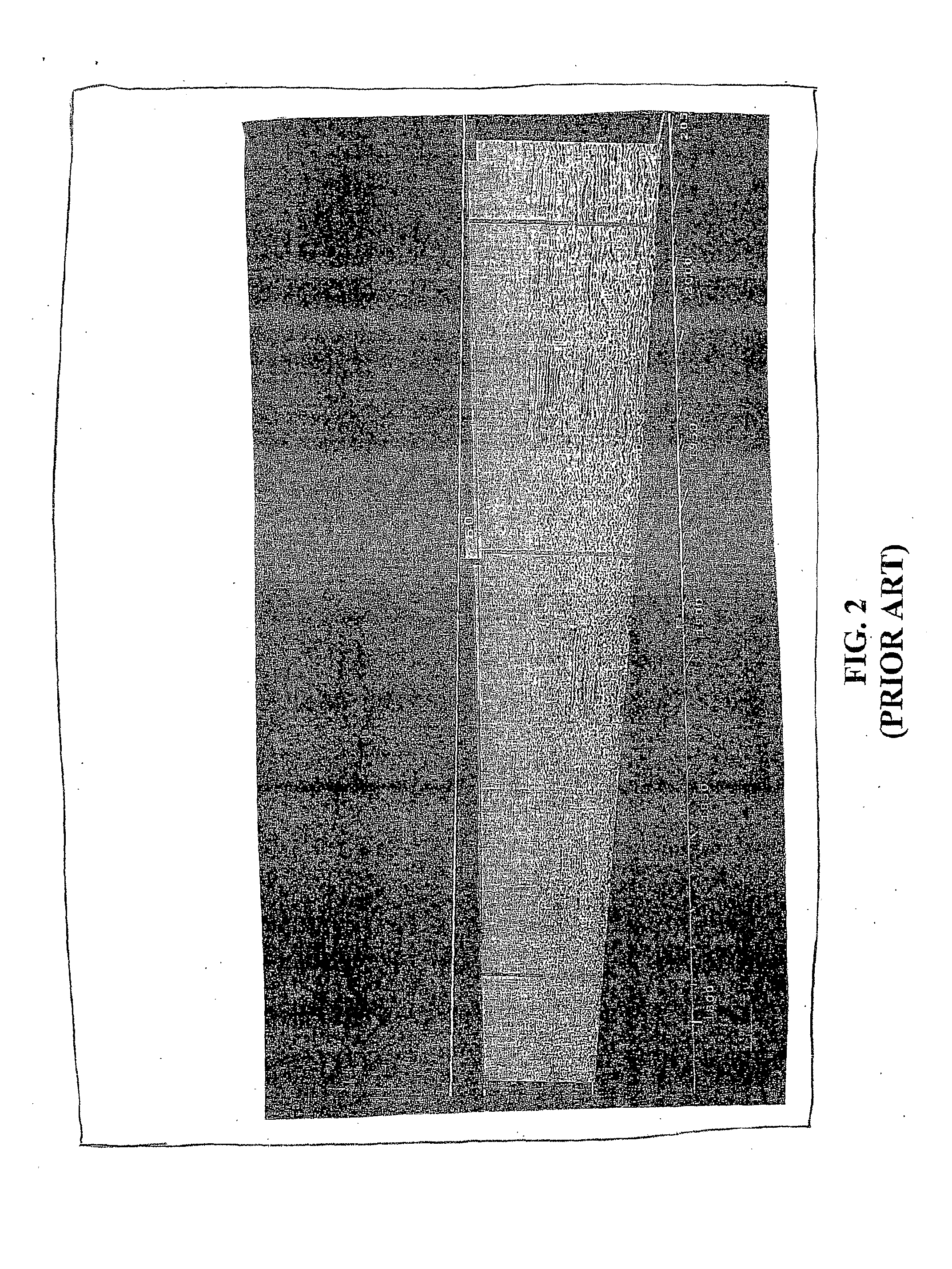Prediction of Shallow Drilling Hazards Using Seismic Refraction Data
a seismic refraction and seismic data technology, applied in seismology, geological measurements, instruments, etc., can solve the problems of large cost, immediate loss of circulating fluid, and significant risk to the exploitation of hydrocarbons, and achieve the effect of increasing spatial sampling
- Summary
- Abstract
- Description
- Claims
- Application Information
AI Technical Summary
Benefits of technology
Problems solved by technology
Method used
Image
Examples
Embodiment Construction
[0093] Referring to FIGS. 3-31, a system 10 and method are disclosed for predicting and defining shallow drilling hazards using three-dimensional production seismic data. As shown in FIG. 3, the system 10 is computer-based for receiving seismic data 12 and well-siting data 14 and for executing software for visualizing the data and for determining the location of shallow drilling hazards using the means and methods described herein in connection with FIGS. 4-31. These are superior to the prior art results mentioned above and as illustrated on FIGS. 1 and 2.
[0094] Referring to FIG. 3, the system 10 includes a computer 16 having a processor 18 for receiving the seismic data 12 and the well siting data 14 and for storing such data 12, 14 in a memory 20. The computer 16 can be implemented, for example, on a Sun Microsystems™ computer operating the 64-bit Solaris 9™ operating system.
[0095] The processor 18 includes data formatting means 22 for formatting the input data 12, 14 for proces...
PUM
 Login to View More
Login to View More Abstract
Description
Claims
Application Information
 Login to View More
Login to View More - R&D
- Intellectual Property
- Life Sciences
- Materials
- Tech Scout
- Unparalleled Data Quality
- Higher Quality Content
- 60% Fewer Hallucinations
Browse by: Latest US Patents, China's latest patents, Technical Efficacy Thesaurus, Application Domain, Technology Topic, Popular Technical Reports.
© 2025 PatSnap. All rights reserved.Legal|Privacy policy|Modern Slavery Act Transparency Statement|Sitemap|About US| Contact US: help@patsnap.com



